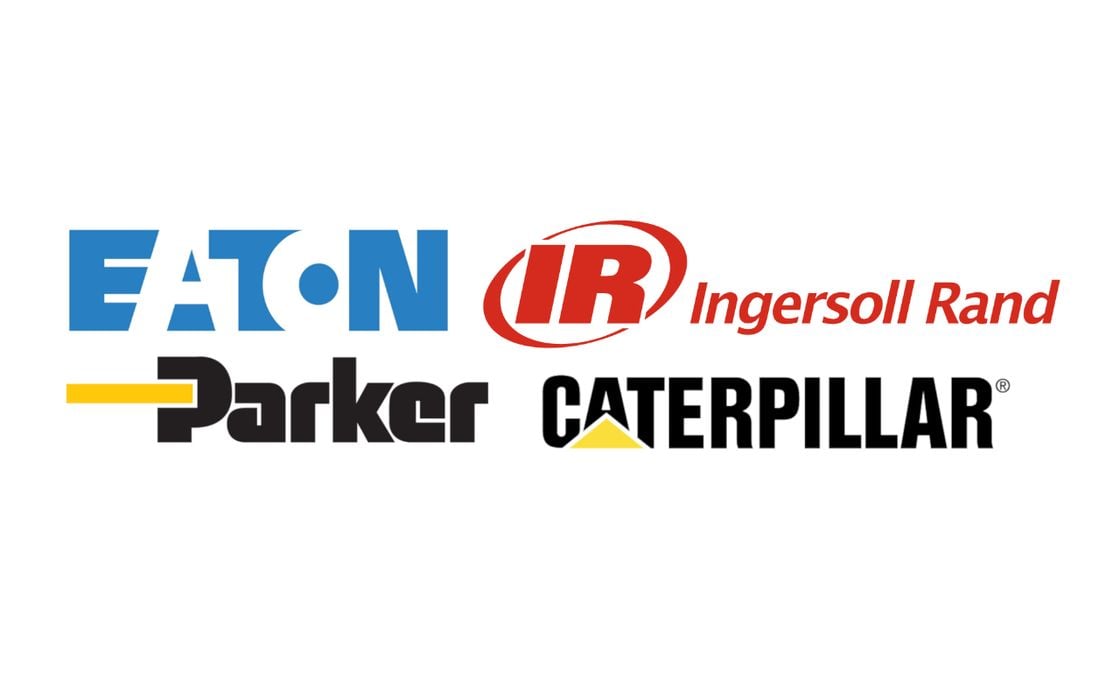
Charles R. Goulding and Mwansa Chabalan examine how four EPIC companies move toward sustainability.
As the world increasingly relies on critical infrastructure and technology, the need for reliable and sustainable solutions has become paramount. The construction, tech, and industrial sectors are home to some of the most successful and innovative multinational corporations in the world.
Wall Street has described four leading companies in these industries, calling them the EPIC companies; Eaton, Parker Hannifin, Ingersoll-Rand, and Caterpillar. In addition to their expertise in the tech and construction industry, these EPIC companies are also making significant contributions to the field of additive manufacturing/3D printing. In this article, we will delve into these four companies and explore these contributions and how they continue to push the boundaries of what’s possible.
Eaton
Eaton is a multinational power management company. It was founded in the United States and currently has its headquarters in Dublin, Ireland. Eaton plays a vital role in powering the infrastructure, transportation, and energy that people rely on in their everyday lives. The company aims to improve the quality of life for end-users through functional sustainability, safety, reliability, and efficiency.
Eaton’s focus is to provide companies and the public with the tools required for general electrical, mechanical, or hydraulic power management. In our January 2023 Fabbaloo article, we explored how Eaton is using 3D printing to improve their products by creating customized parts for various systems. 3D printing also allowed them to manufacture PPE for healthcare workers and other essential workers in the wake of the COVID-19 pandemic.
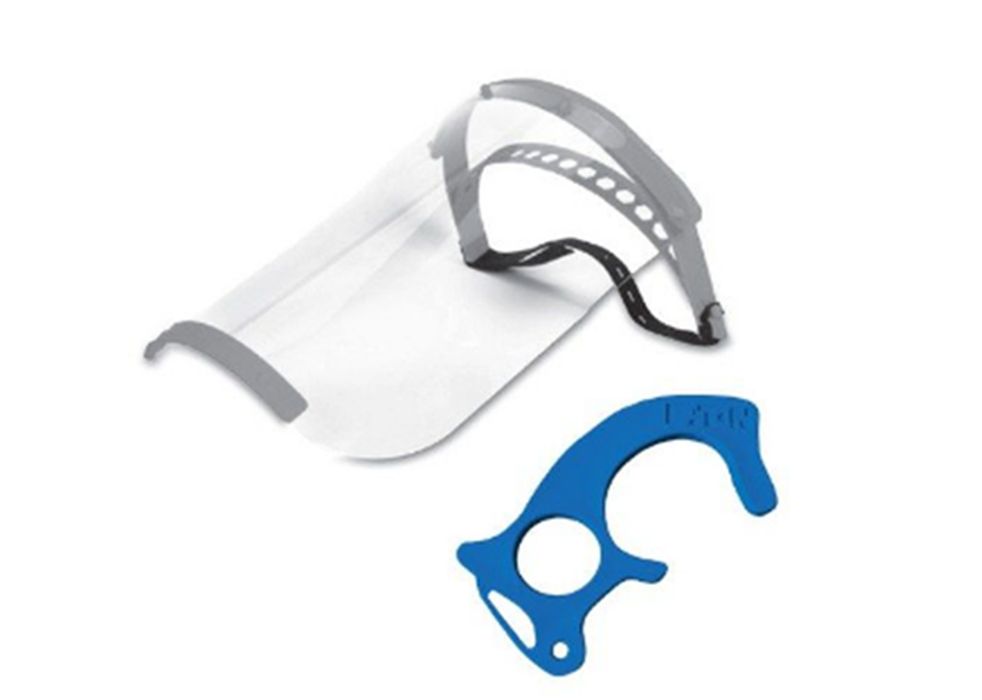
With operations in more than 175 countries and over 85,000 employees worldwide, Eaton’s products and services can be found in a range of industries, including electrical, aerospace, hydraulic, and vehicle industries. The company’s dedication to manufacturing excellence and providing innovative products has resulted in strong financial performance, with sales reaching US$20.8B in 2022. Their commitment to sustainability is also reflected in their finances, with a notable US$551M invested in research and development in 2020, and a targeted US$3B for research and development to create more sustainable solutions by 2030.
Parker Hannifin
Parker Hannifin, commonly referred to as Parker, is an American company that has become a global leader in motion and control technologies. Headquartered in Cleveland, Ohio, the company works tirelessly to engineer solutions that improve people’s lives while protecting the environment.
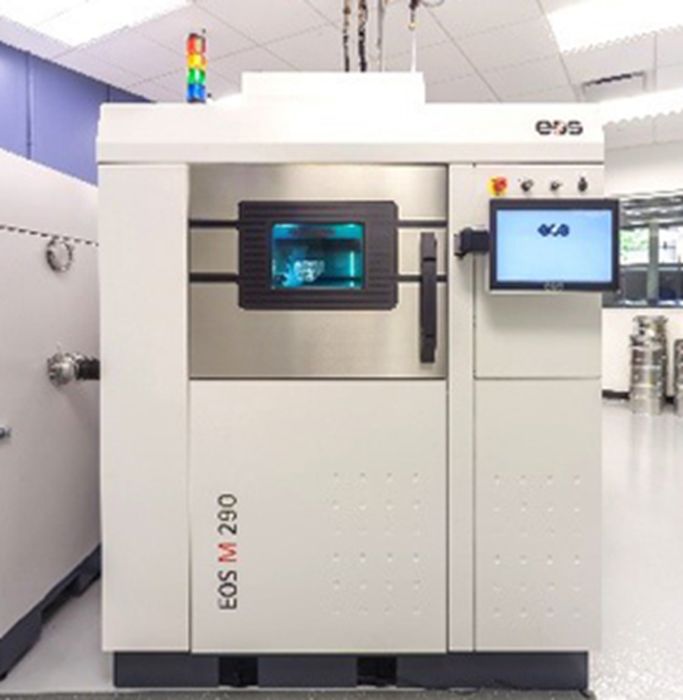
Parker’s work spans a variety of industries such as the aerospace industry, digital, healthcare, transportation, off-road machinery, oil and gas, and HVAC & refrigeration. In our previous November 2020 article, we looked at how Parker has incorporated additive manufacturing to manufacture a line of its products and develop more complex systems
Parker is a company that not only values innovation and technological advancements but also understands the importance of promoting sustainability in its industry. Their commitment to creating solutions that improve people’s lives while protecting the environment is what makes them stand out as a leader in the industry. Their dedication to sustainability is reflected by their incorporation of clean technologies such as wind turbines and solar panels. Their most recent works involved the development of the world’s smallest all-electric tractor; it has been commended as an innovative, clean breakthrough that could reshape the agricultural sector. Also noteworthy are their sustainability goals; they have targeted a 50% reduction in carbon emissions by the year 2030 and aim to achieve carbon neutrality by 2040.
The range of problems Parker solves can be simple or complex, and they are well equipped to tackle any challenge that comes their way. With operations in 45 countries across the world, Parker is a truly global company with total sales of US$15.86B in 2022 and a total of over 55,000 employees.
Ingersoll
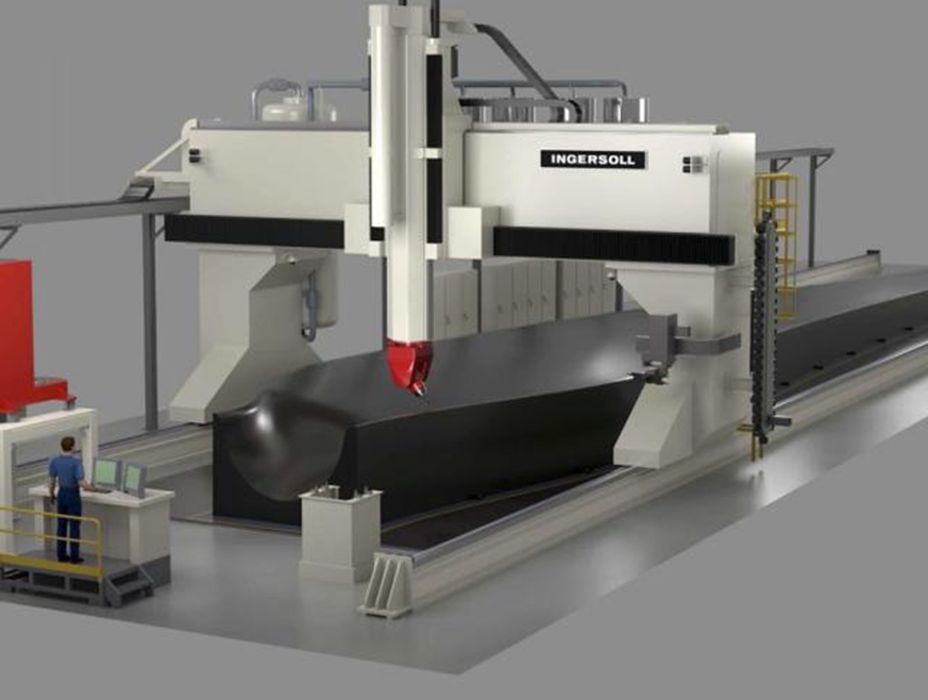
Ingersoll Rand, commonly referred to as Ingersoll, is a global industrial manufacturing company headquartered in North Carolina, USA. They provide products that are critical for flow creation, along with a wide range of industrial products, services, and solutions for material handling.
Our previous Fabbaloo article from January 2021 looked into how Ingersoll is attempting to use additive manufacturing in the assembly of their air compressors. The company was also involved in the development of a 3D printing system called the Wide and High Additive Manufacturing (WHAM). It allows them to develop complex hydraulic components with reduced production costs in a shorter period of time.
Operations within the company are split into two general segments. One is the industrial technologies & services segment which deals with designing, manufacturing, servicing, and marketing a wide range of air and gas compression, vacuum and blower products, fluid transfer equipment, loading systems, power tools and lifting equipment. The other segment is the precision & science technologies segment, which deals with the design, manufacturing, marketing, and servicing of highly specialized positive displacement pumps, fluid management systems and equipment that provide liquid and gas dosing, transfer, dispensing, compression, sampling, pressure management and flow control in critical applications.
The company serves a variety of industries such as construction, healthcare, manufacturing, transportation, and energy. They have a strong commitment to sustainability and have set goals to reduce their greenhouse gas emissions, energy and water consumption, and waste generation.
As of 2021, Ingersoll Rand had approximately 17,000 employees and had operations in more than 50 countries. They generated US$5.92B in revenue in 2022.
Caterpillar
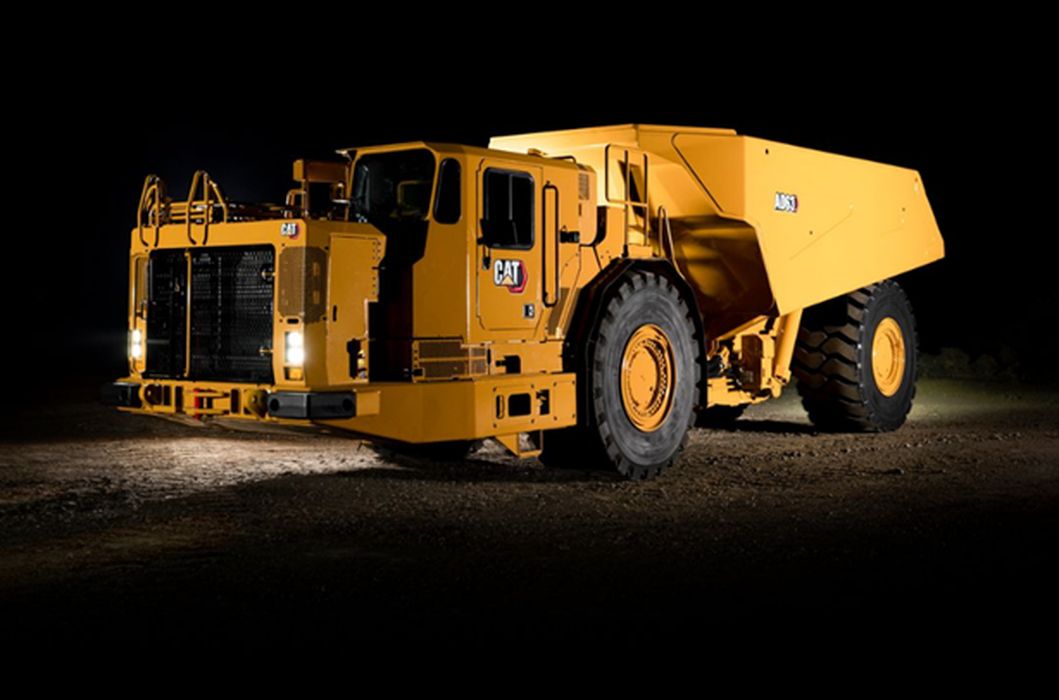
Caterpillar (CAT) is a company that has become a household name in the manufacturing industry, and for good reason. As a global leader in the production of construction and mining equipment, CAT’s reputation precedes them. However, the company’s reach extends far beyond these industries. CAT also provides solutions for electricity, forestry, agriculture, marine, and landscaping, making them a diverse and versatile company.
Caterpillar has been exploring the use of 3D printing for several years. In 2015, they opened their additive manufacturing facility in Mossville, IL. The facility serves as a miniature production factory and a space where their engineers would learn newer production methods. Through additive manufacturing, the company produces spare parts for its heavy equipment, which increases its operational efficiency. We looked at further developments that CAT has made in the 3D printing industry in our July 2022 Fabbaloo article.
Moreover, CAT doesn’t just manufacture equipment; they also provide aftermarket parts and services, equipment rental services, and technology solutions. The company’s commitment to providing a complete package of solutions has earned them a well-deserved reputation for excellence in the industry.
CAT’s operations are split into three distinct segments, which are construction industries, resource industries, and energy & transportation. These segments enable the company to focus its resources effectively and provide tailored solutions to its clients’ unique needs.
Despite being a company with a long and storied history, CAT is not content to rest on its laurels. The company continues to invest in research and development, ensuring that they remain at the forefront of the industry. As a result, sales and revenue stood at an impressive $59.4 billion as of 2022. This demonstrates the company’s ability to adapt and thrive in an ever-changing business environment.
The Research & Development Tax Credit
The now permanent Research and Development (R&D) Tax Credit is available for companies developing new or improved products, processes and/or software.
3D printing can help boost a company’s R&D Tax Credits. Wages for technical employees creating, testing, and revising 3D printed prototypes can be included as a percentage of eligible time spent for the R&D Tax Credit. Similarly, when used as a method of improving a process, time spent integrating 3D printing hardware and software counts as an eligible activity. Lastly, when used for modeling and preproduction, the costs of filaments consumed during the development process may also be recovered.
Whether it is used for creating and testing prototypes or for final production, 3D printing is a great indicator that R&D Credit eligible activities are taking place. Companies implementing this technology at any point should consider taking advantage of R&D Tax Credits.
Conclusion
By incorporating 3D printing into their prototyping and production processes, these companies have demonstrated their commitment to innovation, and their willingness to adopt emerging technologies to improve their products and services. As the industry continues to evolve, the EPIC companies will undoubtedly play a significant role in shaping its future and driving its continued growth and success.
